Microsoft Dynamics 365 Finance MB310 Course Outline
Module 1: Get Started with Dynamics 365 Finance
- Introduction
- Benefits of Dynamics 365 Finance
- Overview
- General Ledger
- Cash and Bank Management
- Tax
- Accounts Payable
- Accounts Receivable
- Credit and Collections
- Budgeting
- Fixed Assets
- Cost Accounting
- Electronic Invoicing
- Lab - Explore Dynamics 365 Finance
Module 2: Configure Currencies in Dynamics 365 Finance
- Introduction
- Set Up Currencies and Conversions
- Configure and Import Currency Exchange Rates
- Lab - Import Exchange Rates
Module 3: Create Fiscal Calendars, Years, and Periods in Dynamics 365 Finance
- Introduction
- Fiscal Calendars, Fiscal Years, and Periods
- Create Fiscal Calendars, Years and Periods
- Select a Fiscal Calendar
- Define Budget Cycle Time Spans
- Maintain Periods for your Organisation
- Create Date Intervals
- Lab - Work with the Fiscal Calendar, Year, And Periods
Module 4: Get started with chart of accounts in Dynamics 365 Finance
- Introduction
- Plan Your Chart of Accounts
- Multiple Chart of Accounts
- Set Up Chart of Accounts
- Exercise - Create a New Main Account
Module 5: Set up Chart of Accounts in Dynamics 365 Finance
- Introduction
- Main Account Categories
- Main Account Information
- Allocation Terms
- Main Account Validation Options
- Main Account Closing Options
- Financial Tags
- Accounts for Automatic Transactions
- Lab - Create a Main Account Category in the Chart of Accounts
Module 6: Set up Financial Dimensions in Dynamics 365 Finance
- Define and Configure Financial Dimensions
- Create a Custom Financial Dimension
- Create an Entity-Backed Financial Dimension
- Activate and Delete Financial Dimensions
- Default Dimension Values
- Derived Dimensions
- Set up Financial Dimension Templates and Sets
- Define and Configure Account Structures and Advanced Rules
- Ledger Account Aliases
- Exercise - Set up an account structure
Module 7: Set Up Ledgers and Journals in Dynamics 365 Finance
- Introduction
- Understand the Different Types of Journals and their Setup
- Describe Use Cases for Periodic Journals
- Configure Ledger and Journal Setup
- Discover Options for Implementing Voucher Numbers in Journals
- Set Up Journal Approvals
- Configure and Use Journals
- Reverse Journal Posting
- Set Up Batch Transfer Rules
- Lab - Configure Ledger and Journal Setup
Module 8: Perform General Ledger Daily Procedures in Dynamics 365 Finance
- Introduction
- Using Balance Control Accounts
- Process a Journal Entry
- Work with General Ledger Processes
- Ledger Settlements
- Create Templates to Edit Journals in Microsoft Excel
- Create Voucher Templates
- Set Up Journal Controls
- Exercise - Create and Use a Voucher Template
Module 9: Intercompany Accounting in Dynamics 365 Finance
- Introduction
- Set Up Intercompany Accounting
- Post Intercompany Journals
- Trace an Intercompany Entry
- Lab - Set Up and Use Intercompany Accounting
Module 10: Configure Ledger Allocations and Accruals in Dynamics 365 Finance
- Introduction
- Configure and Apply Accrual Schemes
- Configure Ledger Allocation Rules
- Exercise - Configure and Use Accrual Schemes
- Exercise - Configure and Test Ledger Allocation Rules
Module 11: Configure and Perform Periodic Processes in Dynamics 365 Finance
- Set Up the Financial Period Workspace and Closing Schedule
- Bank Reconciliations
- Run Foreign Currency Revaluation Processes
- Process End of Year Close
- Perform Financial Consolidations
- Lab - Perform year-end close and a consolidation
Module 12: Work with Analytics and Reporting in Finance and Operations Apps
- Introduction
- Understand Different Types of Reports and Inquiries
- Financial Reporting
- Find Inquiries and Reports
- Generate and Consume Inquiries and Reports
- Configure Finance and Operations Apps for Microsoft Power Platform
- Lab - Work with Reports
Module 13: Configure Cash and Bank Management in Dynamics 365 Finance
- Introduction
- Understand Bank Transaction Types and Groups
- Set Up Cash and Bank Management Parameters
- Set Up the Single Euro Payments Area (SEPA) Direct Debit Mandate
- Set Up International Bank Account Number (IBAN) Structures
- Configure Banks and Bank Check Layout
- Set Up Bank Accounts for Customers
- Set Up Bank Accounts for Vendors
- Deposit and Refund Checks
- Understand Cash Flow Forecast and Reports
- Configure Cash Flow Forecasting
- Set up cash flow automation
- Summarize vendor and customer payments in bank transactions
- Lab - Work with Cash and Bank Management
Module 14: Configure Taxes in Dynamics 365 Finance
- Introduction
- Configure Ledger Posting Groups
- Configure Sales Tax Authorities
- Exercise - Set Up Sales Tax Authorities
- Configure Sales Tax Settlement Periods
- Exercise - Set Up Sales Tax Settlement Periods
- Create Sales Tax Codes
- Configure Sales Tax Groups and Item Sales Tax Groups
- Exercise - Set Up Sales Tax Codes and Sales Tax Groups
Module 15: Work with taxes in Dynamics 365 Finance
- Withholding Tax
- Sales Tax Exemption
- Conditional Sales Tax
- Sales Tax on Transactions
- Set Up Sales Tax Reporting Codes
- Exercise - Set Up Sales Tax Reporting Codes and Withholding Tax
- Prepare Periodic Filings
Module 16: Set up Accounts Receivable in Dynamics 365 Finance
- Introduction
- Payment Schedule
- Terms of Payment and Payment Days
- Cash Discounts
- Payment Fees
- Set Up the Credit Card Payment Service
- Methods of Payment and Payment Control
- Set Up a Payment Calendar and Payment Calendar Rules
- Create and Maintain Customers
- Set Up Customer Posting Profiles
- Configure Accounts Receivable Charges
- Lab - Configure Customer Posting Profiles and Create a New Customer
Module 17: Get Started with Accounts Receivable Daily Procedures in Dynamics 365 Finance
- Create Free Text Invoices
- Exercise - Create and Process A Free Text Invoice
- Recurring Free Text Invoices
- Create and Handle Payments of Customer Invoices for Sales Orders
- Exercise - Work with Invoices from Sales Orders
- Settle Transactions and Undo Settlements
- Exercise - Process an Invoice and Settle it Against a Payment
- Reimburse a Customer
Module 18: Configure Credit and Collections in Dynamics 365 Finance
- Introduction
- Configure Accounts Receivables for Credit and Collections
- Configure Credit and Collections Components
- Set Up Interest Rates for an Interest Code
- Waive, Reinstate, or Reverse Interest Fees
- Set Up and Manage Collection Letters
- Exercise - Set Up Credit and Collections in Finance
- Exercise - Create a Write-Off Journal for a Customer
Module 19: Process Credit and Collections in Dynamics 365 Finance
- Introduction
- Customer Account Statement
- Working with Collections
- Collections Coordinator Workspace
- Manage Customer Credit and Collections
- Credit Management
- Lab - Work with Credit and Collections
Module 20: Configure Accounts Payable in Dynamics 365 Finance
- Introduction
- Configure the Payment Schedule
- Configure Terms of Payment and Payment Days
- Configure Cash Discounts
- Set Up Payment Fees
- Create Vendor Groups
- Set Up Accounts Payable Posting Profiles
- Create Vendors
- Set Up Methods of Payment for Vendors
- Set Up Electronic Payment Formats
- Configure Accounts Payable Charges
- Configure and Use Positive Pay
- Lab - Configure Accounts Payable Components
Module 21: Perform Accounts Payable Daily Procedures in Dynamics 365 Finance
- Introduction
- Understand Invoice Types in Accounts Payable
- Record Vendor Invoices
- Process Accounts Payable Credit Memos
- Process Purchase Orders and Purchase Order Invoices
- Periodically Recurring Invoices
- Exercise - Record an Invoice
- Exercise - Record a Vendor Invoice That is Not Associated with a Purchase Order
Module 22: Work with Accounting Distributions, Invoice Validations and Settlements in Dynamics 365 Finance
- Introduction
- Settle Transactions and Undo Settlements
- Distribute Funds by Using Accounting Distributions
- Configure Invoice Validation Policies
- Three-Way Matching Policies
- Vendor Invoice Workflow
- Lab - Work with Accounting Distributions, Invoice Validations, and Settlements
Module 23: Set up and Use Intelligent OCR for Vendor Invoices in Dynamics 365 Finance
- Introduction
- Configuration Options
- Enable Automatic Vendor Invoice Prepayments
- Use Workflow and Product Match Receipts
- View Vendor Invoice Automation Results
Module 24: Get Started with Expense Management in Dynamics 365 Project Operations
- Introduction
- Plan Expense Management
- Intercompany Expenses
- Financial Management
- Per Diems
- Journals and Accounts
- Payment Methods
- Taxes
- Policies
- Expense Categories and Shared Categories
- Map Expense Categories to a Main Account
Module 25: Set Up and Configure Expense Management in Dynamics 365 Project Operations
- Introduction
- Expense Management Workspace
- Expense Management Parameters
- Expense Management Workflows
- Expense Report Policies and Per Diem Rules
- Evaluate Policies by Using Audit Workbench Cases
- Set Up Mileage Expense Options
- Intercompany Expenses
- Personal Expenses on an Expense Report
- Set Up Credit Card Transaction Processing and Import Credit Transactions
- Expense Receipt Processing
- VAT Recovery
Module 26: Create and Process Expense Reports in Dynamics 365 Project Operations
- Introduction
- Create an Expense Report
- Intercompany Expenses
- Itemise Expenses by Line
- Distribute an Expense
- Add Guests
- Attach Receipts and Documents to an Expense Report
- Submit an Expense Report to a Workflow
- Approve an Expense Report
- Delegate an Expense Report
- Post an Expense Report
- Reporting Options
- Lab – Create an Expense Report and Submit it to a Workflow
Module 27: Work with Travel Requisitions in Dynamics 365 Project Operations
- Introduction
- Create a Travel Requisition
- Exercise - Create a Travel Requisition
- Approve a Travel Requisition
- Create a Cash Advance
- Update a Cash Advance
Module 28: Configure and Use Basic Budgeting and Budget Control in Dynamics 365 Finance
- Introduction
- Planning for Basic Budgeting and Budget Control
- Budgeting Methodologies
- Basic Budgeting Overview
- Configure Basic Budgeting
- Set up Basic Budgeting
- Create and Manage Budget Register Entries
- Exercise – Create a Budget Register Entries
- Implement a Budget Register Workflow
- Use Workspaces and Inquiry Pages to Track Budget Vs. Actuals
- Use Inquiries and Reports for Budget Analysis
- Exercise - Set up Basic Budgeting Components
Module 29: Set up and Use Budget Control in Dynamics 365 Finance
- Budget Control Overview and Concept
- Set up Budget Control Parameters
- Budget Funds Available
- Budget Source Documents
- Budget Groups
- Activate Budget Control
- Exercise – Set up Budget Control Components
Module 30: Configure Fixed Assets Management in Dynamics 365 Finance
- Introduction
- Fixed Assets and Current Assets
- Accounting for Fixed Assets
- Relationships Between Fixed Assets Components
- Configure Fixed Assets Components
- Derived Books
- Enable Fixed Asset Integration
- Fixed Asset Transaction Options
- Demonstration - Create a Fixed Asset
- Lab - Work with Fixed Assets
Module 31: Set up and acquire fixed assets in Dynamics 365 Finance
- Introduction
- Life Cycle of a Fixed Asset
- Fixed Asset Management Workspace
- Fixed Assets Page
- Set Up Fixed Assets
- Create a Fixed Asset
- Activate a Stock Item
- Set Up Acquisitions
- Proposals
- Acquire Assets Through Procurement
- Estimate and Eliminate A Project to A Fixed Asset
- Manual and Automatic Methods to Create Fixed Assets
- Lab - Acquire A New Asset
Module 32: Manage fixed assets in Dynamics 365 Finance
- Introduction
- Asset Budgeting
- Transfer a Fixed Asset
- Set Up Fixed Asset Groups
- Split a Fixed Asset
- Update Fixed Asset Information
- Recalculate Replacement Costs and Insured Values for Fixed Asset Groups
- Fixed Assets Roll Forward Report
Module 33: Work with fixed asset deprecation and disposal in Dynamics 365 Finance
- Introduction
- Depreciation
- Dispose of And Lend Fixed Assets
- Sell A Fixed Asset by Using a Free Text Invoice
- Dispose of Fixed Assets as Scrap
- Exercise - Create a Depreciation Proposal






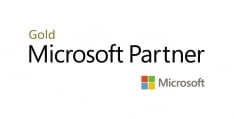

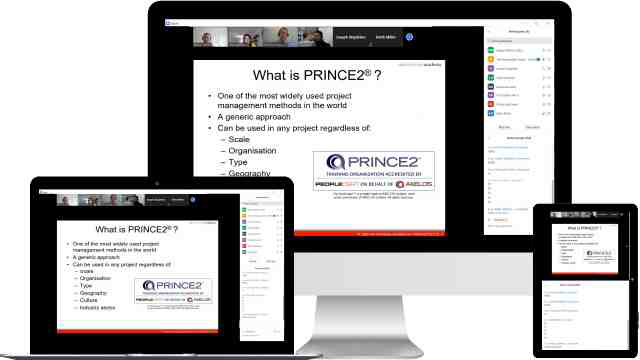
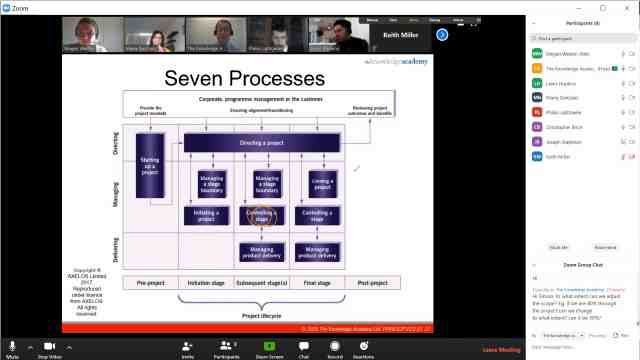
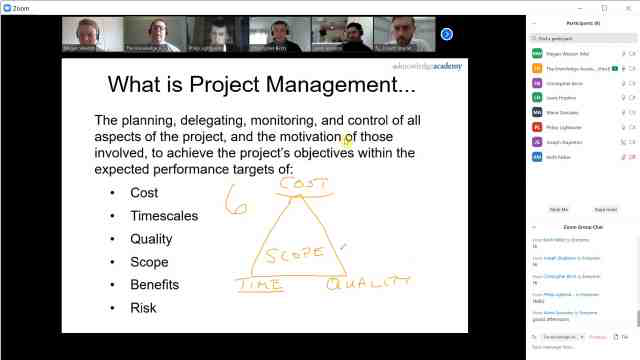
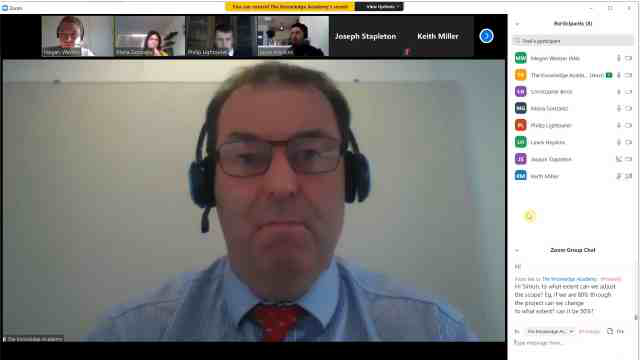
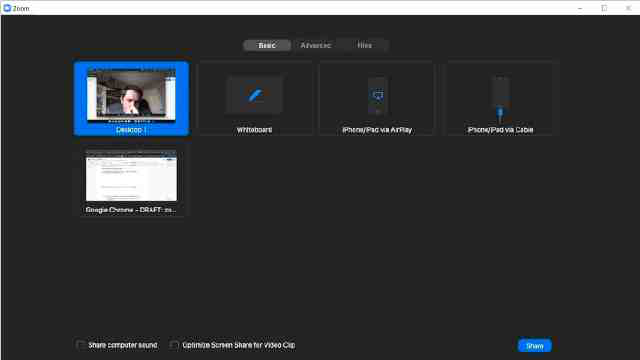





























 Back to course information
Back to course information




 If you wish to make any changes to your course, please
If you wish to make any changes to your course, please

